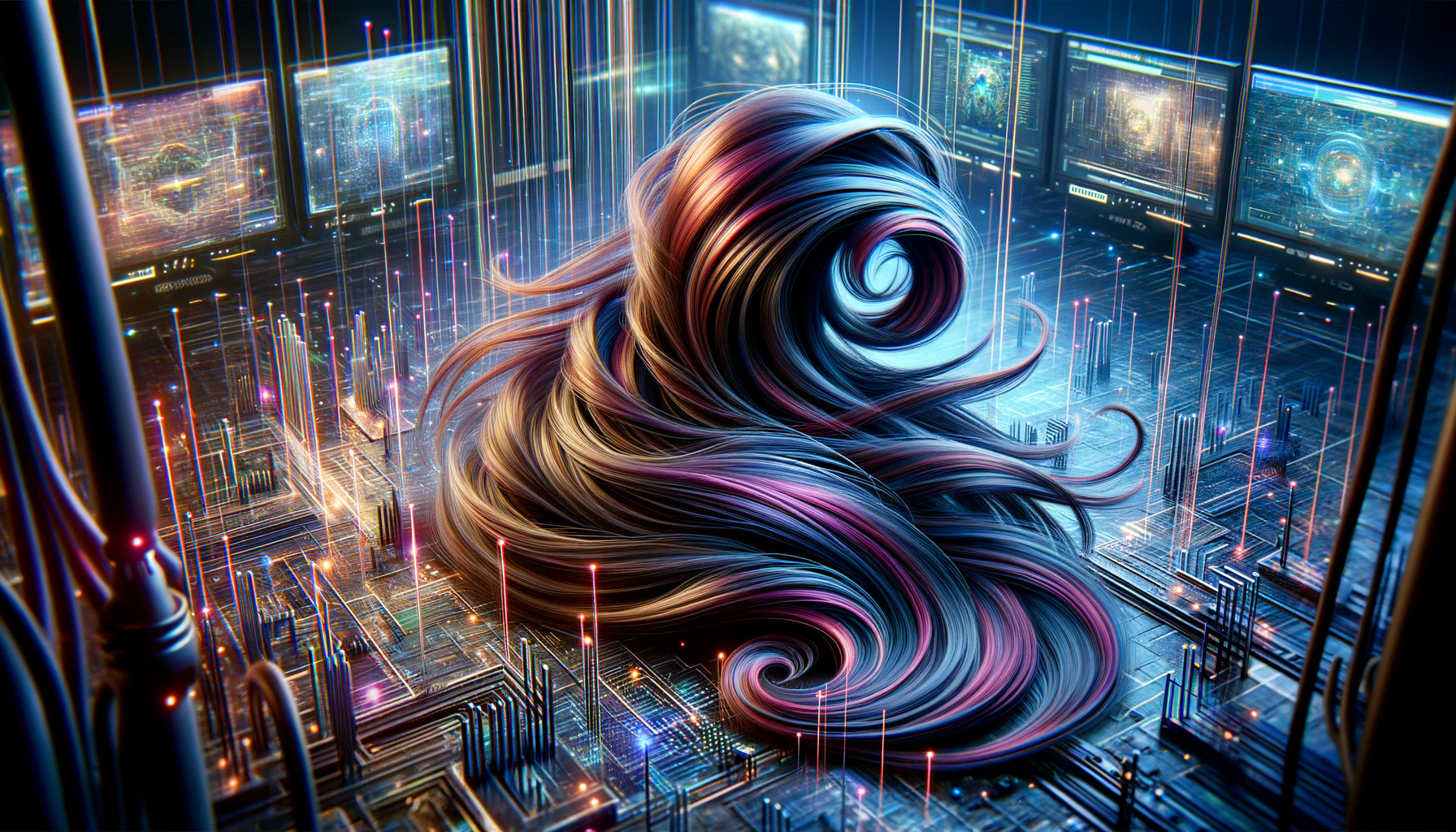Setting a New Standard in Virtual Hair Rendering
Nvidia has once again raised the bar in graphical fidelity with its latest innovation, RTX Hair technology. Featured in the upcoming game Indiana Jones and the Great Circle, this cutting-edge feature promises to deliver unparalleled realism to virtual hair rendering. The update, set to roll out in September, showcases the strides Nvidia has made in enhancing visual immersion within digital environments.
Zooming In
The Evolution of Graphics Enhancements
Rendered with Linear Swept Spheres (LSS), a new primitive introduced with Nvidia’s RTX 50-series graphics cards, RTX Hair marks a significant milestone in the graphic processing domain. This advancement overcomes the traditional challenges in rendering individual strands of hair, which often appear grainy and lead to poor performance due to intensive geometry demands. Nvidia claims that using LSS allows for better adaptation to hair’s natural shapes while maintaining smooth performance and minimal VRAM usage.
RTX Hair is reminiscent of Nvidia’s previous HairWorks technology, famously used in The Witcher 3. While HairWorks rendered strands using a tessellation-based approach that was demanding on system resources, RTX Hair promises to achieve superior realism without compromising on frame rates.
Industry Impact and Comparisons
The introduction of RTX Hair technology highlights Nvidia’s continued leadership in the high-end graphics market, competing closely with AMD and Intel, both of which are advancing their own graphical innovations. With AMD focusing on broad GPU accessibility and Intel recently unveiling neural texture compression technology, Nvidia’s RTX Hair introduces a new dimension for developers to achieve higher levels of realism in character design.
The update in Indiana Jones and the Great Circle will be an essential test for RTX Hair’s appeal among gamers and developers alike. Nvidia enthusiastically anticipates that its technology will become an industry standard, enabling more lifelike graphics in future games.
Future Perspectives
With the ever-accelerating development in graphics processing technology, Nvidia’s RTX Hair is poised to influence future design choices in the gaming and film industries alike. This development marks just the beginning of more interactive and visually compelling virtual worlds, promising consumers a deeper and more immersive experience in digital storytelling. As graphics cards continue to evolve, the potential applications across entertainment, simulations, and beyond are extensive, heralding a new era of visual fidelity and interactivity in digital experiences.









